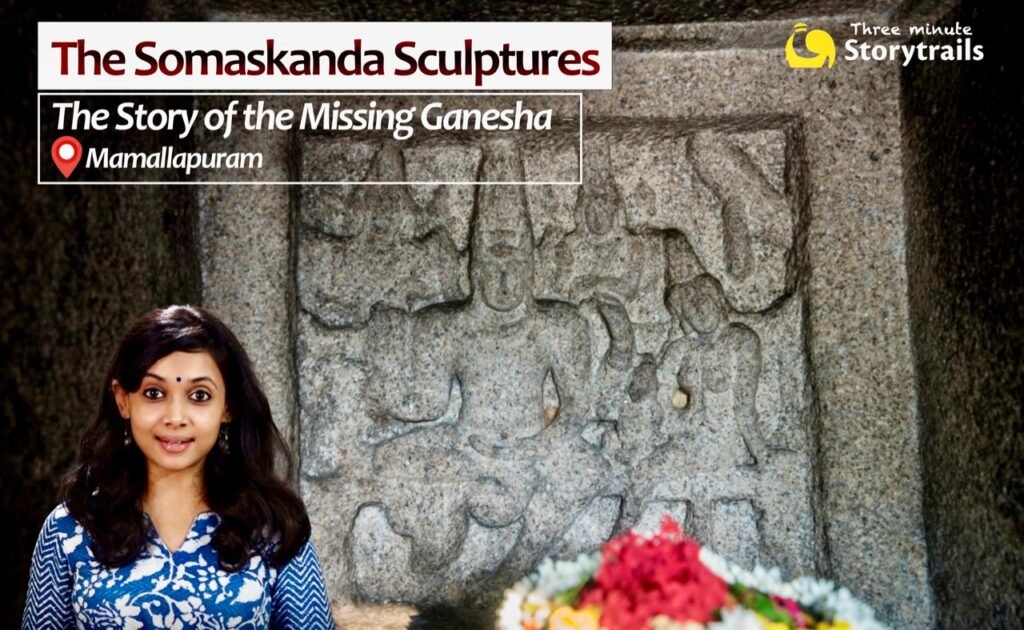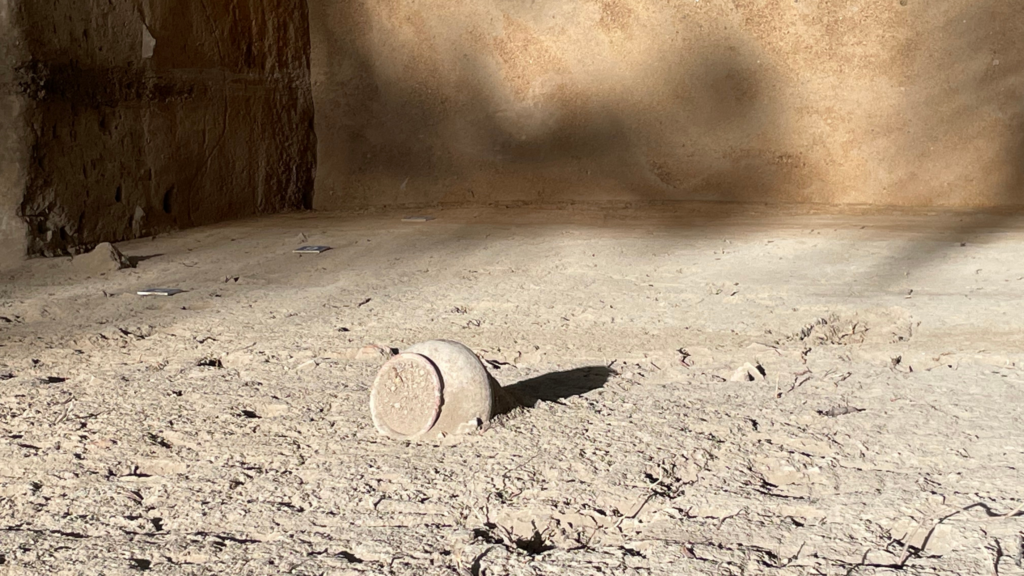Visit the famous Butterball at the UNESCO World Heritage site of Mahabalipuram, also called Mamallapuram in South India, and listen to stories of how it came to be – the history and more interestingly, the many associated myths.
Mamallapuram is home to many ancient monoliths, cave temples and bas-reliefs built by the Pallavas. These 1300 year-old monuments showcase the evolution of temple building in South India.







